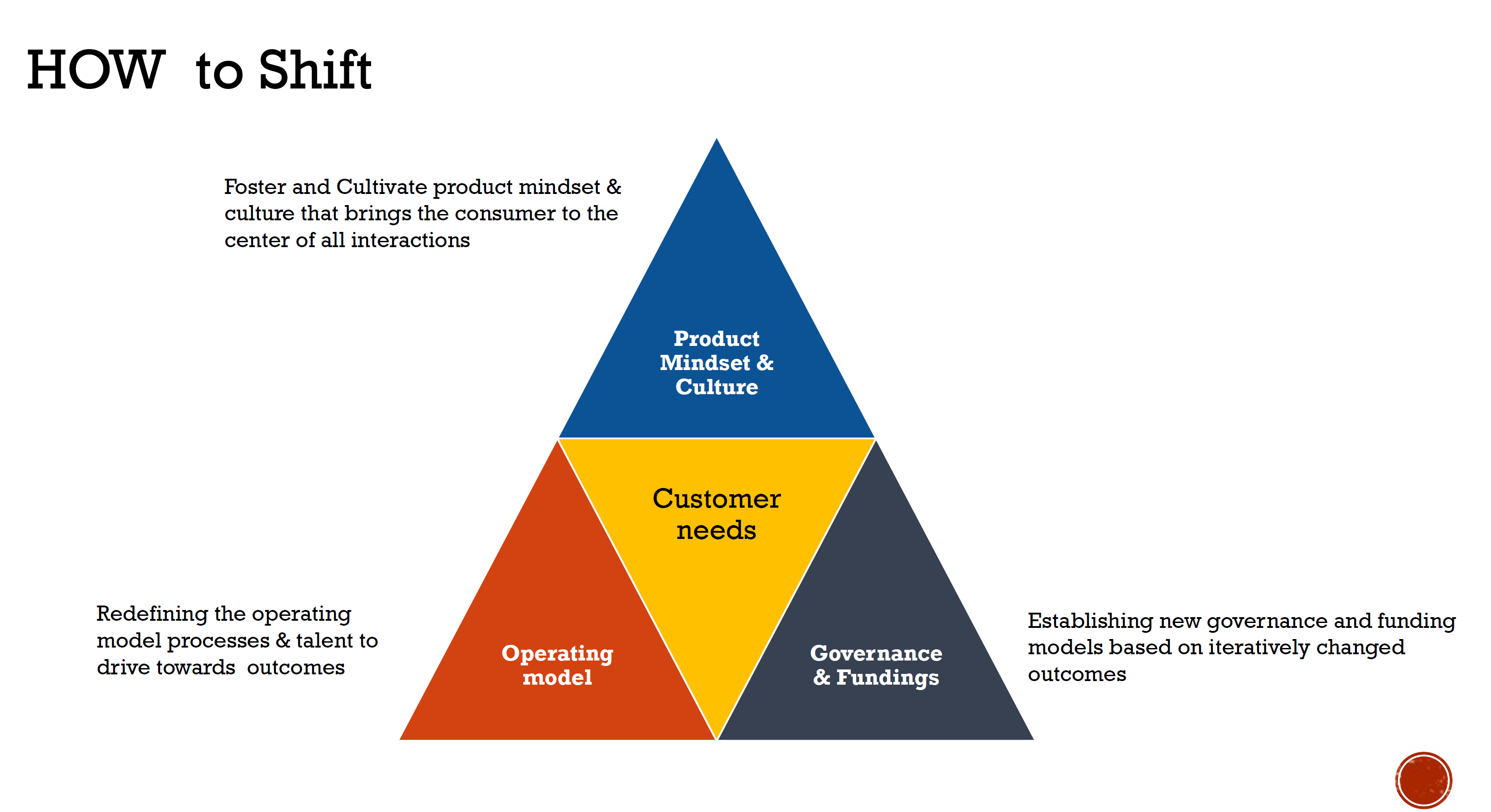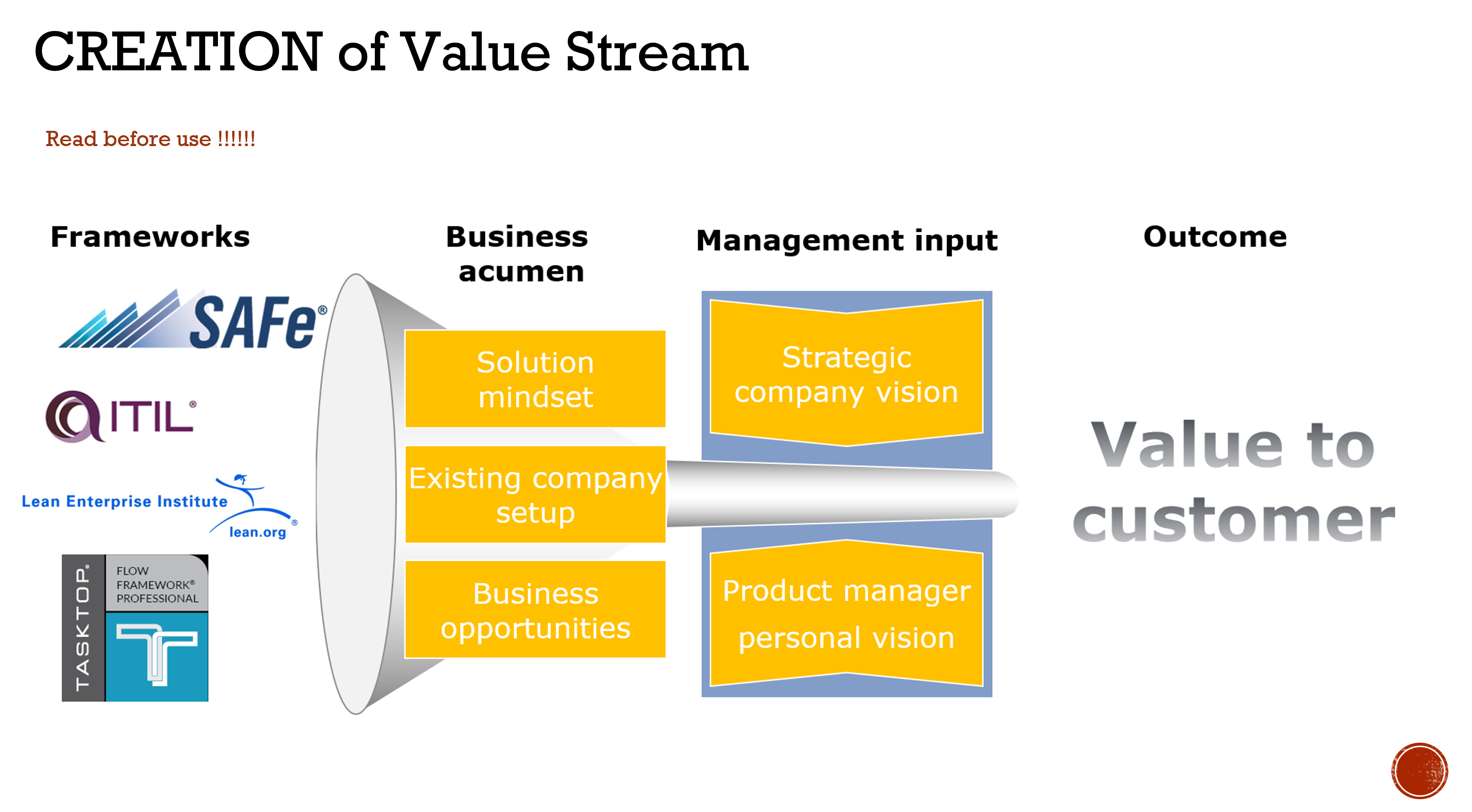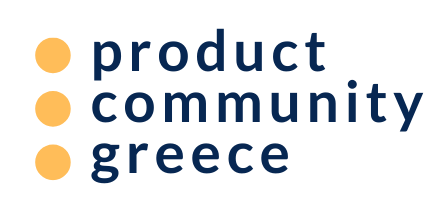Ilias Mamalis, Konstantinos Spyridis
Shift from Project to Product

“We extensively gathered and analyzed all the requirements. We carefully designed the complete solution architecture, and we then implemented the whole system. We exhaustively tested each element of the system and we finally delivered and launched the application. We also tracked all activities, stayed within budget, and met all the milestones in a timely manner “. However, this new application isn’t engaging customers, it is not producing an acceptable ROI and it generally appears inferior to similar offerings brought to market earlier. Where did it go wrong?
The above process still is the designated way to go for creating digital hardware products where they must be fully operational and error-free the first time. But is this traditional IT project management process capable for meeting today’s digital product development needs? Most teams or departments, over the past years, appear to have embedded in their daily routines a certain way of approaching work, that is measuring activities, having meetings, completing tasks and creating deliverables, rather than placing enough emphasis on outcomes. A very interesting realization coming from Mik Kersten, author of “Project to Product”, is that tracking activities and budgets provides a false sense of security that may become apparent only when the software product hits the market. Furthermore, spending decisions up front may delay teams in incorporating feedback as the initiative progresses.
Having entered the age of digital disruption, it is important to change the aperture of how we conduct our business in a way that customer value and feedback is considered. According to Gartner’s latest digital management research, they conclude that “Digital business is no longer just about how enterprises sell or serve — it is about what product or service is provided and how it is created and presented. It is about the experiences that highlight improving value for customers, citizens, patients or even employees “. And that is core to establishing a competitive advantage.
Consequently, it’s high time to shift mindsets and embrace behaviors, processes and eventually metrics in a way that quantify success based on outcomes. Therefore, a new discipline is needed to enable these compelling experiences with technology and to drive continuous innovation at scale both internally with employees and externally with customers. That is Digital Product Management.
Product management encourages organizations to measure success based on the value their offerings deliver to customers, rather than on milestones reached during product creation. Adapting a product approach to existing management schemes or even introducing new product management principles requires organizational changes. For a successful transformation these changes may be summarized in three main pillars:
- Product Mindset and culture: Foster and Cultivate product mindset &culture that brings the consumer to the center of all interactions
- Operating model: Redefine the operating model processes & talent to drive towards outcomes
- Governance and Funding: Establish new governance and funding models based on iteratively changed outcomes
In practice, it is next to impossible to accommodate all these changes in a single step. A starting point for customer focus on value, which will greatly assist in forming a product mindset, is the adoption of the Value Stream concept. Value streams lie at the heart of product management and typically represent all the activities needed for the start-to-finish delivery of a product, service, or experience to a customer. Essentially it is the complete flow of work that takes place from concept to realization of value and the more value that flows to the customer, the more successful the digital organization.

Product value streams are ideal as a first step towards product transformation because exhort organizations to focus on value but with a common language denominator across all business, operational and technical units. They give end to end visibility and embrace faster feedback loops assuring that the products are in scope with customer expectations. If an organization manages software delivery in terms of value streams, it can then apply any Lean principles as to identify what steps are value-adding, which create waste to optimize the flow of work through these value streams.
Projects do not disappear or get less complex. There will still be delivery, integration and migration projects that have a specific scope and are time-bound. While software-as-a-service offerings are becoming wide-spread and popular for customers, with modular functionalities rather than a single monolithic release, they are increasingly complex for product managers. Life cycles are also becoming more complex, with expectations of new features, improvements and upgrades. Concurrently, in modular systems the value of the surrounding ecosystem is growing where modern products are increasingly just one element in an ecosystem of related services and businesses. This practically shifts responsibilities from sheer business development to product managers.
For product managers to excel in their new responsibilities they should basically become the mini-CEO of the product with a deeper focus on data. They would need to wear many hats, pull usage data, analyze them, draw insights and execute POCs. Ideally, they will be adept at applying machine-learning concepts and AI tools that are specifically designed to augment the product manager’s decision making.
© 2021-2023 by Product Community Greece

